Jishui Reflective River Walk & Xinjiang Cuisine
Sunday, January 27, 2013
 Dexing, Jiangxi, China
Dexing, Jiangxi, China
Hey Hey and a Big G'Day toya,
You are hungry, AGAIN!
Do you feel like Beef Noodles?
I’ll take you for another walk (the same walk as my last blog) into the city along the Jishui River but this time whilst we walk and talk we can 'reflect’ upon our lives and our first river walking adventure. In town there is an awesome selection to choose from but I usually eat on Small Eat Street which is a short street that runs from the main shopping street down to the river that offers a small yet diverse range of eateries. As usual I mostly choose to slurp my noodles at the Muslim/Xinjiang Eatery that has an entire wall full of rice and noodle dishes to choose from.
The Muslim Family that owns the restaurant is from a town in Gansu Province that is only one hour from where I lived and taught in Biayin City and depending on what time I finish my afternoon/evening ride/walk, if I arrive during their dinner time I am ushered into the family room and eat with them or if I arrive later the father sits with me and we ‘chip and chirp’ about our day.
When I enter a Xinjiang Eatery I am in total heaven.
There is honestly an entire wall of different noodles to choose from.
Before I Go On ‘Its Winter Break (Chinese New Year)’
Winter break is knocking on my front door which means that it is Chinese New Year and in a day or five around seven hundred million people will be doing their best to get from Point A to B, most will arrive but many will not. Hundreds of trains and buses will be added to the already overloaded transport system and millions upon millions of people will sleep in the Train/Bus stations square waiting in hope that they join the line that gets them on board the train/bus that gets them back to their family.
Most will but many will have waited in vain.
With so many new additions the transport system can only wait so long.
Thousands will have waited in line for days to join a line that was simply too slow.
Normally I choose to join the masses and spend my Winter Break doing my best to get from here to there, waiting ‘patiently’ in line on this day to then join it again and wait ‘patiently’ the next day or that thereafter. This year I choose to actually take an actual holiday which means I have an actual paper plane ticket to Tropical Hainan Island where I will spend two glorious weeks not only with my boss Owen Buckland;
But my buddy Aussie Judy who is flying from Australia to spend two weeks drinking beer and eating fresh seafood and street BBQ with me.
For my ‘not so long term’ blog readers, Judy taught in Tiandong town (Guangxi Province) for a year when I was teaching in tiny Tianyang town (my first teaching post). We ended up travelling a lot of Guangxi Province, Yunnan Province and Sichuan Province together and since have always kept in touch. This will be the first time in six and a half years that we will actually sit at a street side BBQ and slurp our cold beers and noodles and in between feasting upon countless meat and fresh seafood sticks.
My bags are packed! I’m off to Nanchang city tomorrow where I will find my first new adventure for the ‘2013 Winter Beers N Noodles Adventure’. Bring it on!
Now For ABit On Xinjiang Cuisine
Xinjiang cuisine barely holds any thread of ‘Chineseness’ as it has a most definite Middle Eastern style in the cooking ingredients and presentation. The answer to the riddle of course is in history. The north western province of China was the significant gateway for Sino European and Sino-Arabic trade and as time went on some of the traders established themselves in permanent societies along the routes of trade. These people were obviously of middle-eastern culture and along with their business skills they brought their foods and recipes, wives and established their own families in these places.
The use of the vertical oven is noticeable everywhere!
Xinjiang cuisine reflects the cooking styles of many ethnic groups of the Xinjiang region, and refers particularly to Uyghur cuisine. Ingredients include roast mutton, kebab, roast fish and rice and because of the Islamic population, the food is predominantly halal. Traditionally, there is a distinction between northern and southern Chinese Islamic cuisine despite both utilising mutton and lamb. Northern Chinese Islamic cuisine relies heavily on beef, but rarely ducks, geese, shrimp or seafood, while southern Islamic cuisine is the reverse.
The Greatest Noodle Soup In The World!
Lamian (Lanzhou Beef Noodles) is made by stretching and folding the dough into strands.
However, the twisting and subsequent stretching of the strips of dough happens due to the weight of the dough. Depending on the number of times the dough gets folded, the strands can be made in various lengths and thicknesses. This unique method of making noodles originated back to 1504 and it is now popular all over China. This dish has five main features: clear soup, white radish, red pepper, green caraway and noodles. The noodles can be wide or slim to meet different preferences;
Supposedly men like them wider while girls like them slim, the middle aged and the old like leek leaf and maoxi (which is even slimmer), scholars prefer slim and farmers, soldiers and workers prefer wide or if possible even wider.
Whatever, a bowl of beef noodles takes only a few minutes to prepare.
Beers N Noodles toya…..shane
___________________________________________________________
The soundtrack to this entry was by The Butterfly Effect
The album was ‘Crave’
____________________________________________________________
Other Entries

 Dexing, Jiangxi, China
Dexing, Jiangxi, China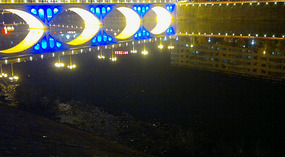
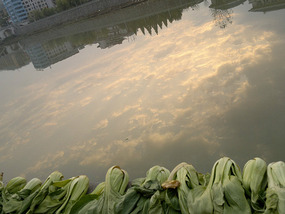

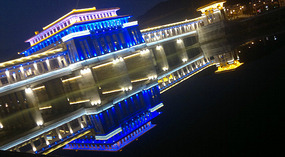
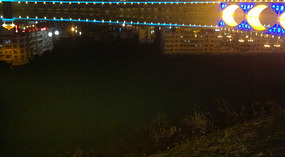
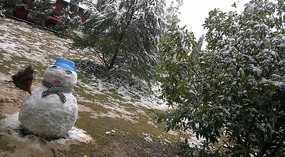
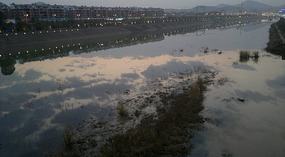


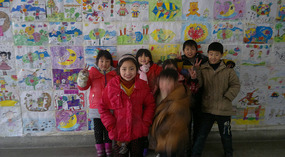
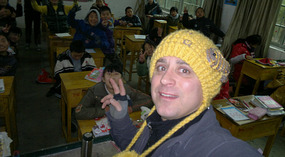

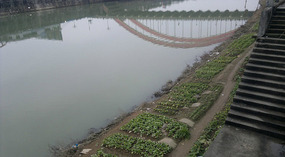
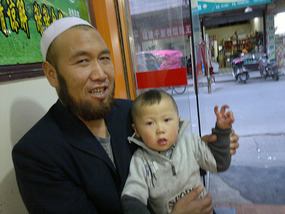
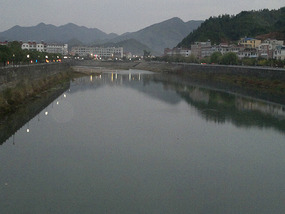
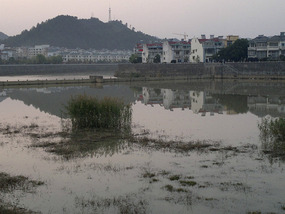

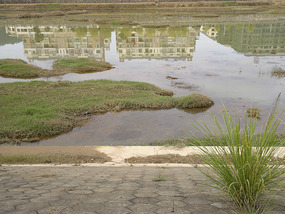
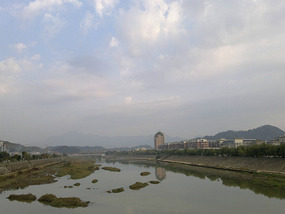
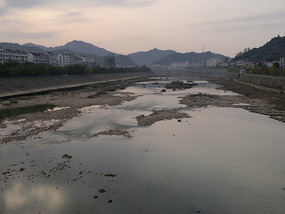
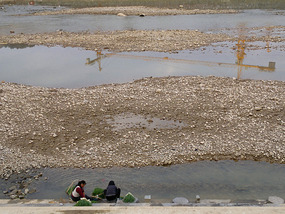
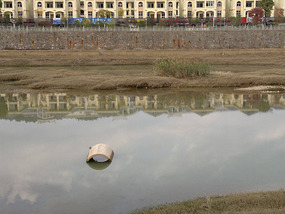
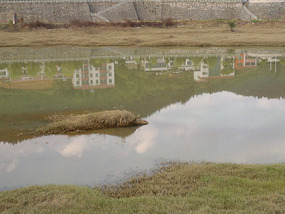

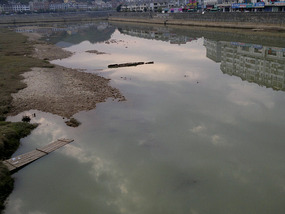

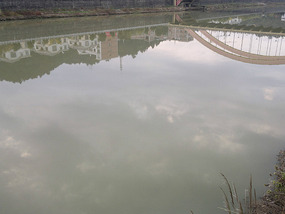


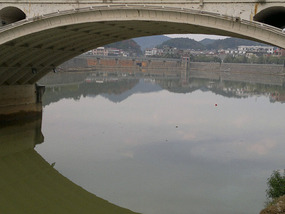
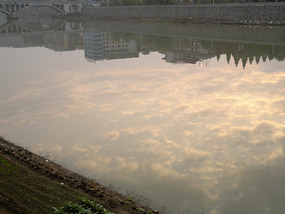

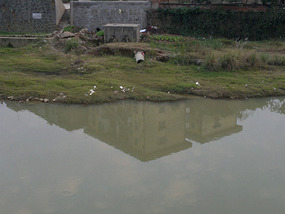


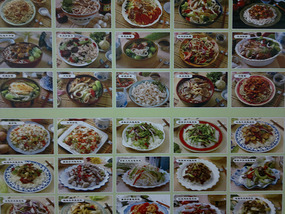
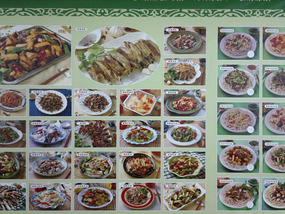
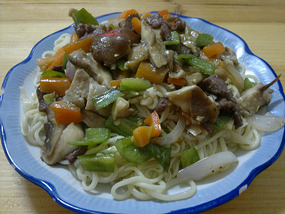
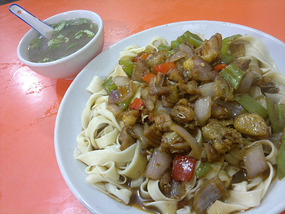
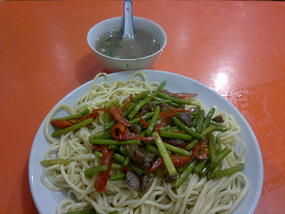
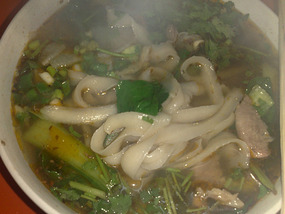
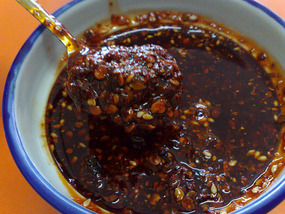

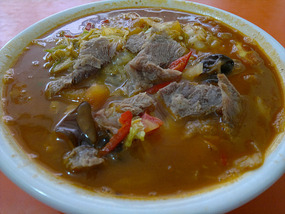
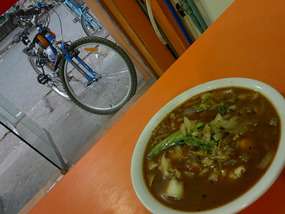
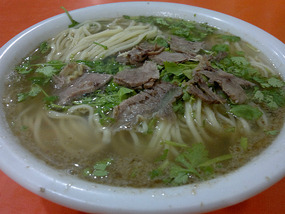
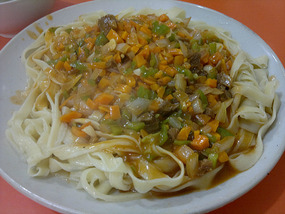
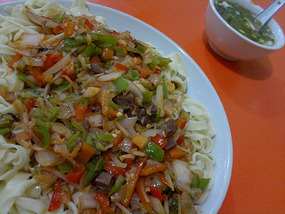
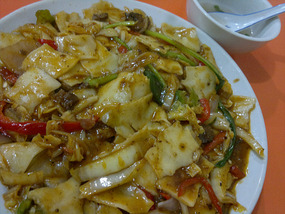
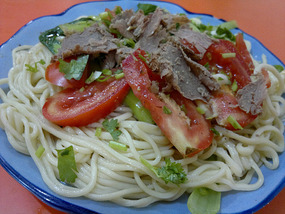

2025-05-22